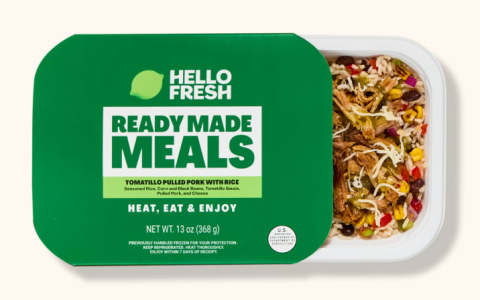Where Can I Get a Free Meal Today?
In today’s fast-paced world, finding a free meal can be a challenging task. However, with the right resources and information, it is possible to enjoy a free meal without any financial burden. This article aims to explore various options and resources available for those seeking a free meal today. We will discuss community programs, food banks, and other initiatives that provide free meals to those in need.
Introduction

Food insecurity is a significant issue affecting millions of people worldwide. According to the World Food Programme, approximately 811 million people suffer from chronic hunger. In the United States, the problem is also prevalent, with an estimated 38 million people experiencing food insecurity. This article will provide a comprehensive guide on where one can find a free meal today, emphasizing the importance of community support and resources.
Community Programs
Food Pantries
Food pantries are non-profit organizations that provide free food to individuals and families in need. These pantries are often located in churches, community centers, and other local organizations. To find a food pantry near you, you can visit websites like Feeding America or 2-1-1, which offer a directory of food pantries across the United States.
Soup Kitchens

Soup kitchens are another excellent resource for those seeking a free meal. These organizations serve free meals to the homeless, low-income individuals, and families. Soup kitchens are typically located in urban areas and can be found through local community centers or religious organizations.
Mobile Pantries
Mobile pantries are a convenient option for those who may have difficulty accessing a traditional food pantry. These pantries bring food directly to neighborhoods, ensuring that individuals and families can receive assistance without leaving their homes. To find a mobile pantry near you, you can visit the website of your local food bank or community organization.
Food Banks
Food banks are essential resources for communities facing food insecurity. These organizations collect and distribute food to food pantries, soup kitchens, and other feeding programs. To find a food bank near you, you can visit the website of the Food Bank Network or contact your local food bank directly.

Food Bank Programs
Food banks offer various programs to help those in need. Some of the most common programs include:
– Emergency Food Boxes: These boxes contain a variety of non-perishable food items, such as canned goods, pasta, and rice.
– Fresh Produce Programs: Many food banks partner with local farms and gardens to provide fresh fruits and vegetables to those in need.
– Senior Programs: Some food banks offer specialized programs for seniors, including meal delivery and nutrition education.
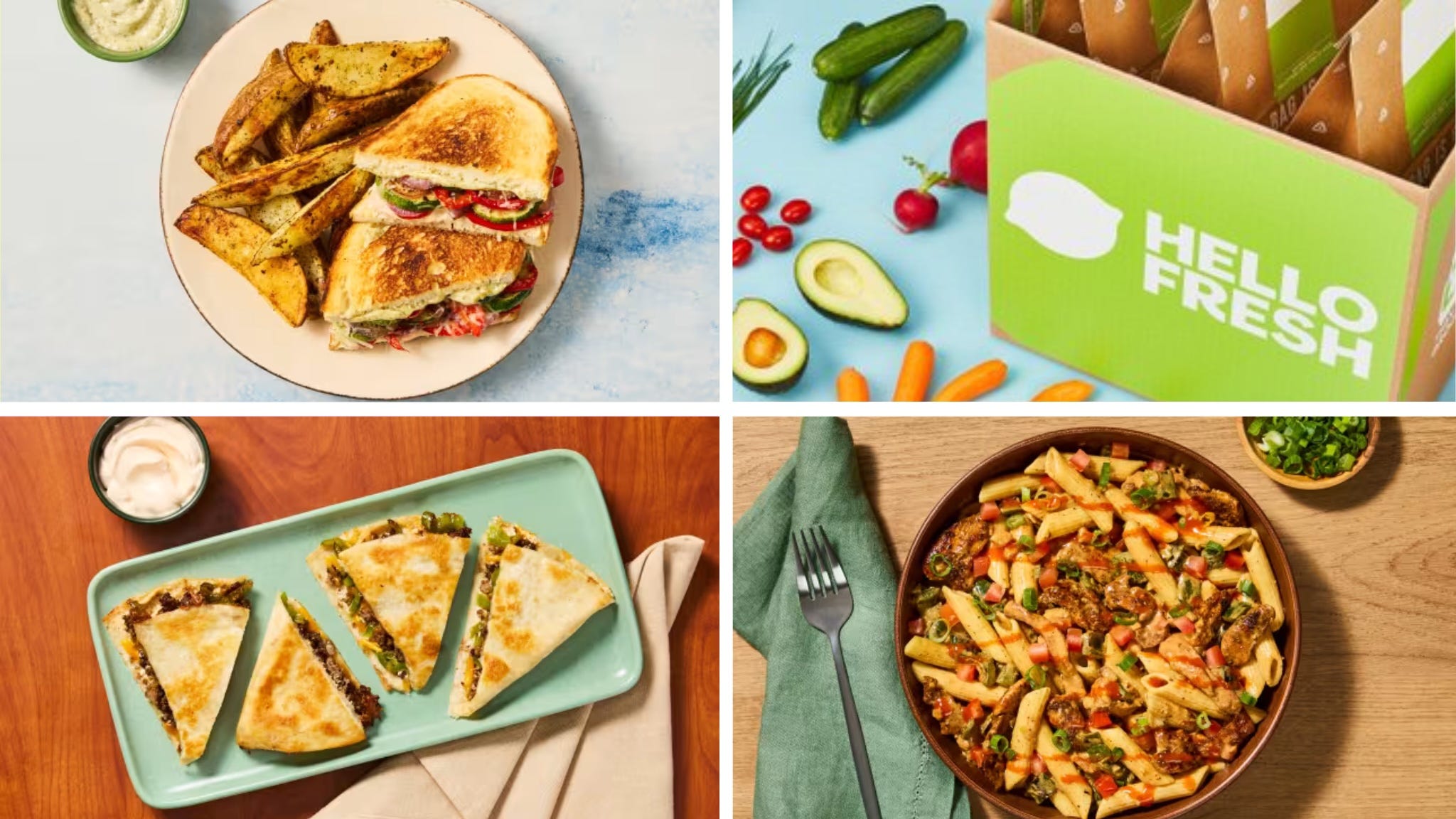
Government Assistance Programs
The United States government provides several assistance programs to help individuals and families in need. These programs include:
Supplemental Nutrition Assistance Program (SNAP)
SNAP, also known as food stamps, is a federal program that provides eligible low-income individuals and families with funds to purchase food. To apply for SNAP, you can visit your local Department of Social Services or contact your state’s SNAP office.
Temporary Assistance for Needy Families (TANF)
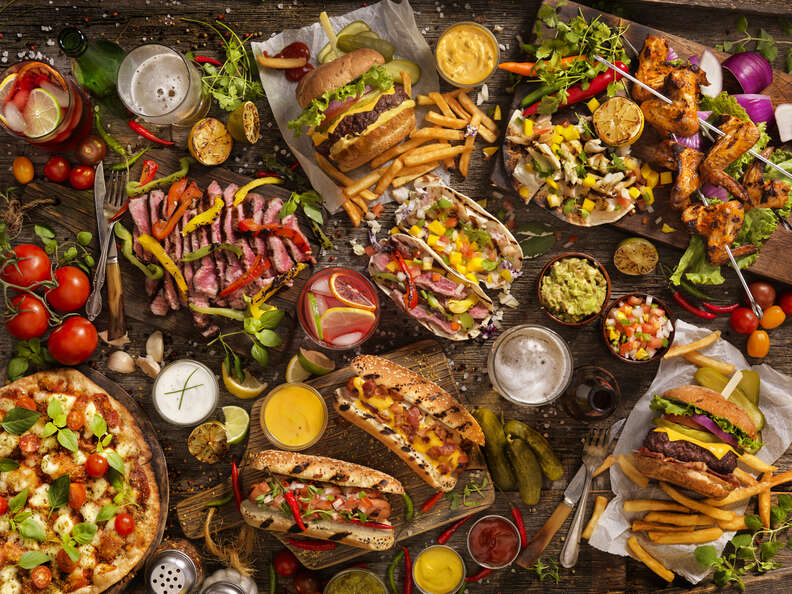
TANF is a federal program that provides financial assistance to low-income families with children. In addition to financial aid, TANF also offers job training, child care, and other support services.
Special Supplemental Nutrition Program for Women, Infants, and Children (WIC)
WIC is a federal program that provides nutritional assistance to pregnant women, new mothers, and young children. WIC offers nutritional education, breastfeeding support, and access to healthy food options.
Religious Organizations
Religious organizations often play a crucial role in providing free meals to those in need. Many churches, synagogues, and mosques offer weekly or monthly meal programs, as well as special events and food drives.
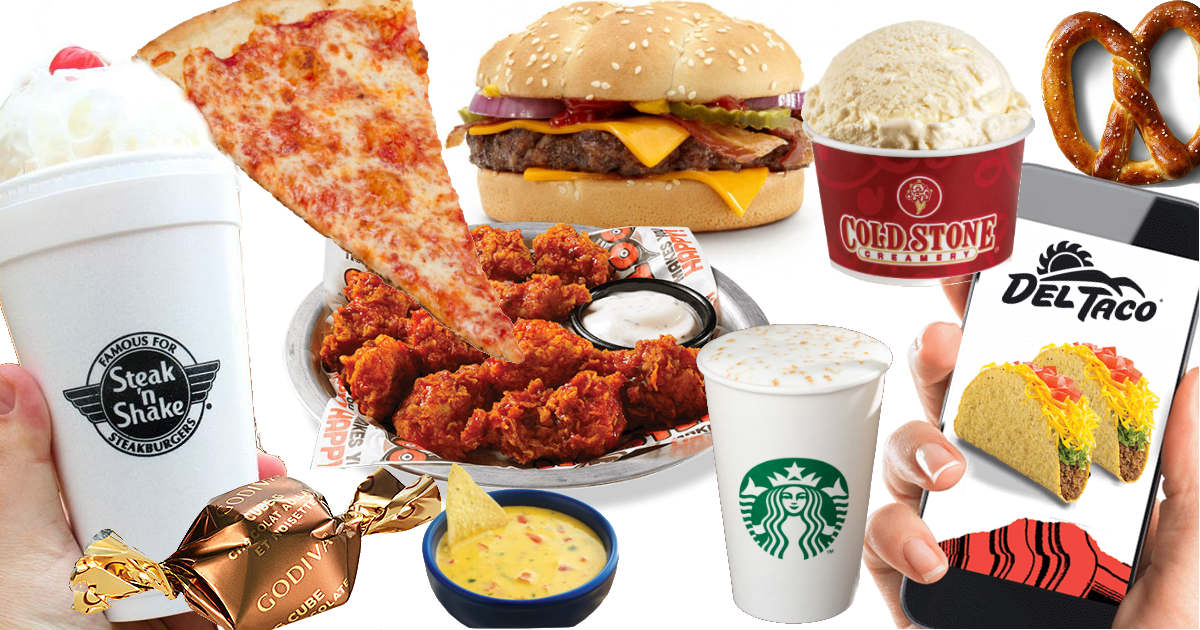
Interfaith Meal Programs
Interfaith meal programs bring together members of different religious communities to serve free meals to the homeless and low-income individuals. These programs are often held in community centers or churches and can be found through local religious organizations or community centers.
Conclusion
Finding a free meal today is possible through various resources and initiatives. Community programs, food banks, government assistance programs, and religious organizations all play a vital role in providing free meals to those in need. By utilizing these resources, individuals and families can overcome food insecurity and enjoy a nutritious meal without any financial burden.
As the issue of food insecurity continues to affect millions of people worldwide, it is essential to support and promote these initiatives. By raising awareness and advocating for increased funding and resources, we can work towards a future where everyone has access to a free meal today.

Recommendations and Future Research
To further improve the availability of free meals, the following recommendations can be considered:
1. Increase funding for food banks and community programs to expand their reach and provide more assistance.
2. Enhance collaboration between government agencies, non-profit organizations, and religious groups to streamline the distribution of free meals.
3. Implement policies that address the root causes of food insecurity, such as poverty and income inequality.
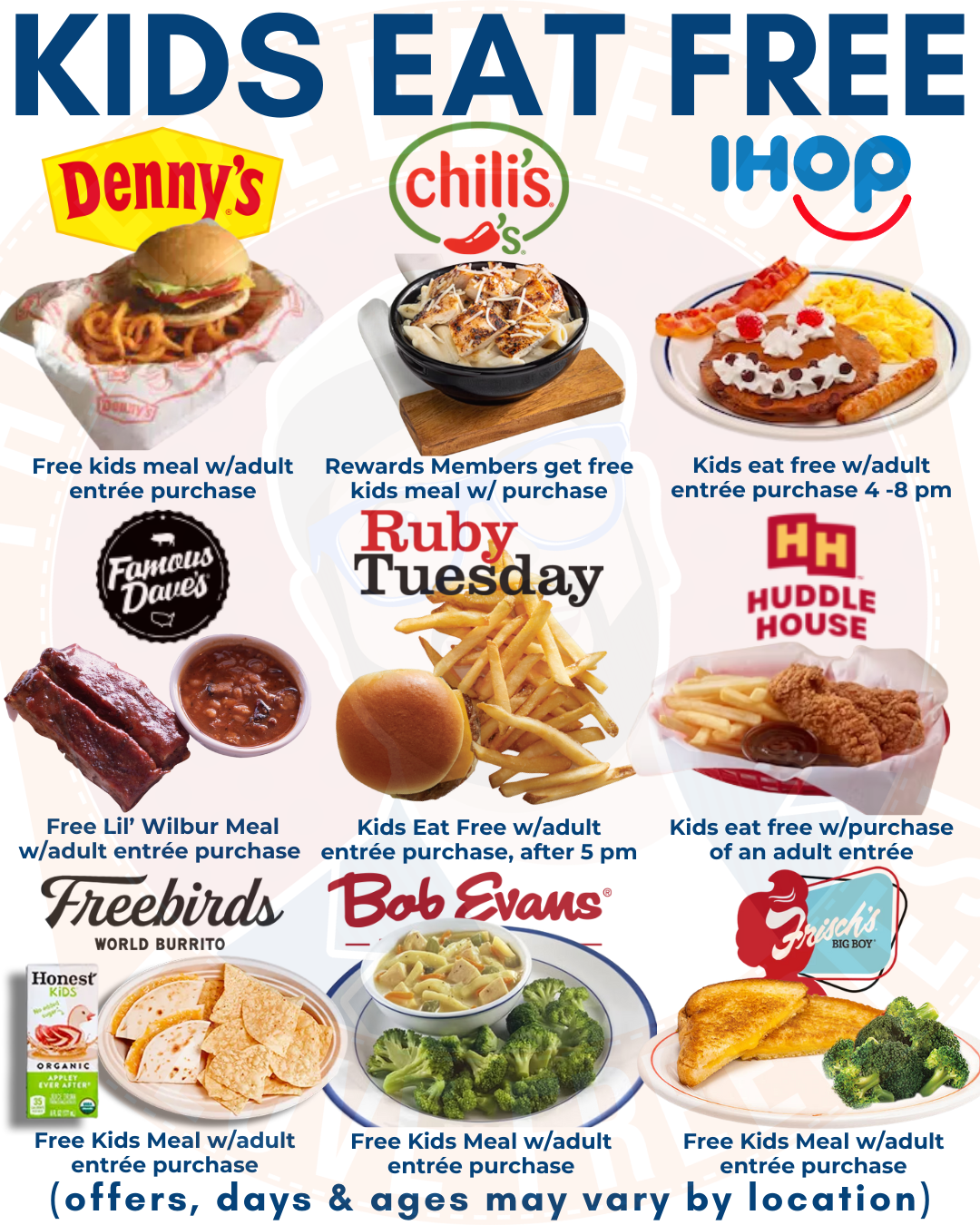
Future research should focus on:
1. The effectiveness of different free meal programs in reducing food insecurity.
2. The impact of free meal programs on the overall well-being of individuals and families.
3. Innovative approaches to addressing food insecurity and providing free meals to those in need.


